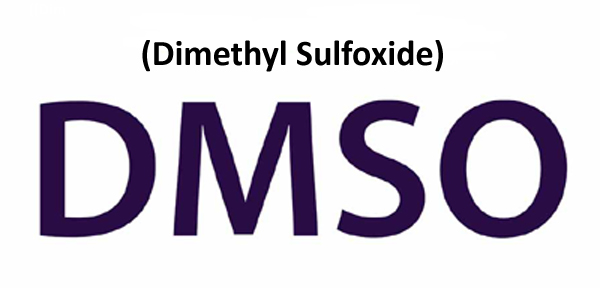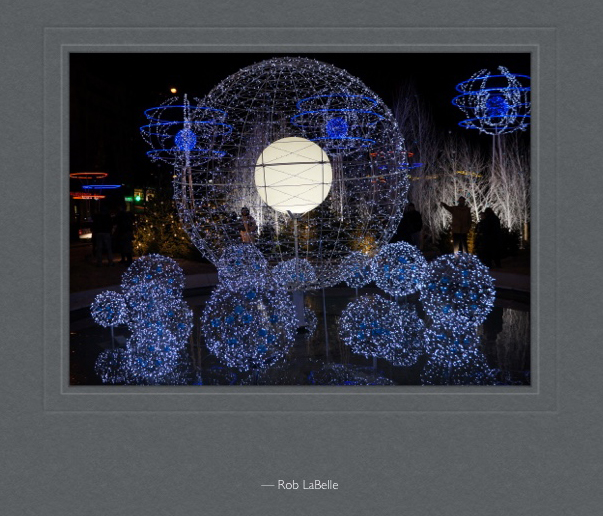What is DMSO?
DMSO or Dimethyl Sulfoxide has an interesting history dating back to 1867 where it was first isolated by Russian chemist, Alexander Saytzeff. It is a byproduct of the paper making process and is a natural compound that comes from trees and has been used as an industrial solvent for over a century. It is a clear, colorless liquid with a strong odor.
When medical researchers started looking into this multi-faceted compound in the 1950’s, DMSO’s ability to protect cells from freezing damage was discovered. As research continued, other medical applications of possible use came to light. This is where things start to get really interesting. In the 1960’s, DMSO was hailed as a miracle drug by the press and more clinical trials of the compound began.
The Healing Properties of DMSO
DMSO was found to relieve pain, act as a diuretic and rapidly be able to penetrate human skin. This is where DMSO’s amazing ability to work as a transport agent come into play. It will transport other substances with it as it penetrates, including other pain relieving ingredients. DMSO can be taken orally mouth, used topically or intravenously. The most common use is topically though, where it is known to help speed up wound healing, decrease inflammation, pain and swelling.
Naturally, it can be used to treat medical problems such as arthritis, tendonitis, bursitis and sports related injuries such as joint and muscle pain and inflammation. Furthermore, DMSO is said to also have potential to be effective in treating various types of cancer and aid in various cancer therapies, treat skin conditions such as scleroderma, as well as fibromyalgia, Alzheimer’s disease and ulcerative colitis.
 Dr. Stanley Jacob, who pioneered much of the early and on-going research on DMSO has found that it also holds great promise in treating severe closed head trauma. He claims he has found it to reduce brain swelling and increase blood flow and oxygenation. Unfortunately, in 1965 clinical trials were stopped by the U.S. Food and Drug Administration (FDA) because of questions of its safety. Many advocates and scientific researchers, including Dr. Jacob pressed the FDA to re-consider in light of the depth of research and data compiled regarding this amazing compound. Advocates and researchers pressed that the safety issues were unfounded and only minor in humans.
Dr. Stanley Jacob, who pioneered much of the early and on-going research on DMSO has found that it also holds great promise in treating severe closed head trauma. He claims he has found it to reduce brain swelling and increase blood flow and oxygenation. Unfortunately, in 1965 clinical trials were stopped by the U.S. Food and Drug Administration (FDA) because of questions of its safety. Many advocates and scientific researchers, including Dr. Jacob pressed the FDA to re-consider in light of the depth of research and data compiled regarding this amazing compound. Advocates and researchers pressed that the safety issues were unfounded and only minor in humans.
The vast treatment potential the compound has for such a wide range of conditions almost makes it seem to be too good to be true, but with clinical trials being cut short this could not be verified at the time. Eventually the FDA approved the use of DMSO and lifted the temporary ban on human testing. The approval was only for one rare bladder condition though – interstitial cystitis, which causes inflammation in the bladder. Besides that, it has only been approved for use as an anti-inflammatory treatment in dogs and horses.
So Where Does DMSO Stand Now?
The FDA only approved DMSO for one human medical condition – interstitial cystitis up until this writing. More research is needed to test its safety and effectiveness for other medical purposes. It is legal and easy to purchase, as well as inexpensive. It is available through some health food stores, mail order catalogs and readily available on the internet (I’ve seen it on Amazon.com even).
Since most people use it as a topical liniment for pain relief, it is most commonly sold as a cream, gel and liquid. In some cases it is mixed with other natural ingredients to enhance its pain relieving effect for muscle and joint pain. This is where I saw the value of what DMSO could do to help to relieve my muscle and joint pains from hard training in the martial arts.
When we created Warrior Rx Muscle & Joint Pain Relief, DMSO seemed like a perfect fit to tie all of the other powerful pain relieving ingredients in it together. Indeed that ended up being the case and we included it in our pain relief rub. You can learn more about the role DMSO plays in our topical rub on our store blog here.







